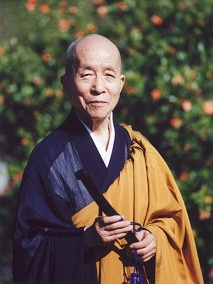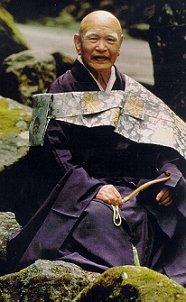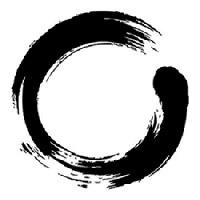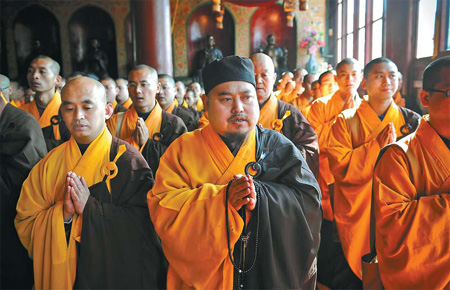I found this link and thought to be of some interest to those of us interested in the articles of Zen.
I will write further on this matter but I thought maybe Jundo Sensei and Taigu Sensei might have some interesting teaching, advice or comments on this subject.
After finishing my Rakusu for Jukai, though I need much more practice in it I am very interested in how the other garments of traditional practice are created. As I am sure others may also share that interest too.
Gassho
拡手
Koushu
Satoday
Sent from my SAMSUNG-SM-T377A using Tapatalk
I will write further on this matter but I thought maybe Jundo Sensei and Taigu Sensei might have some interesting teaching, advice or comments on this subject.
After finishing my Rakusu for Jukai, though I need much more practice in it I am very interested in how the other garments of traditional practice are created. As I am sure others may also share that interest too.
Gassho
拡手
Koushu
Satoday
Sent from my SAMSUNG-SM-T377A using Tapatalk


 Some things I think are just dumb (except symbolically), like the Kyosaku stick. Incense is great, until it was recently shown to cause cancer. Many beliefs of Buddhism are rather superstitious things that were picked up here and there. I abandon many of those.
Some things I think are just dumb (except symbolically), like the Kyosaku stick. Incense is great, until it was recently shown to cause cancer. Many beliefs of Buddhism are rather superstitious things that were picked up here and there. I abandon many of those.






Comment